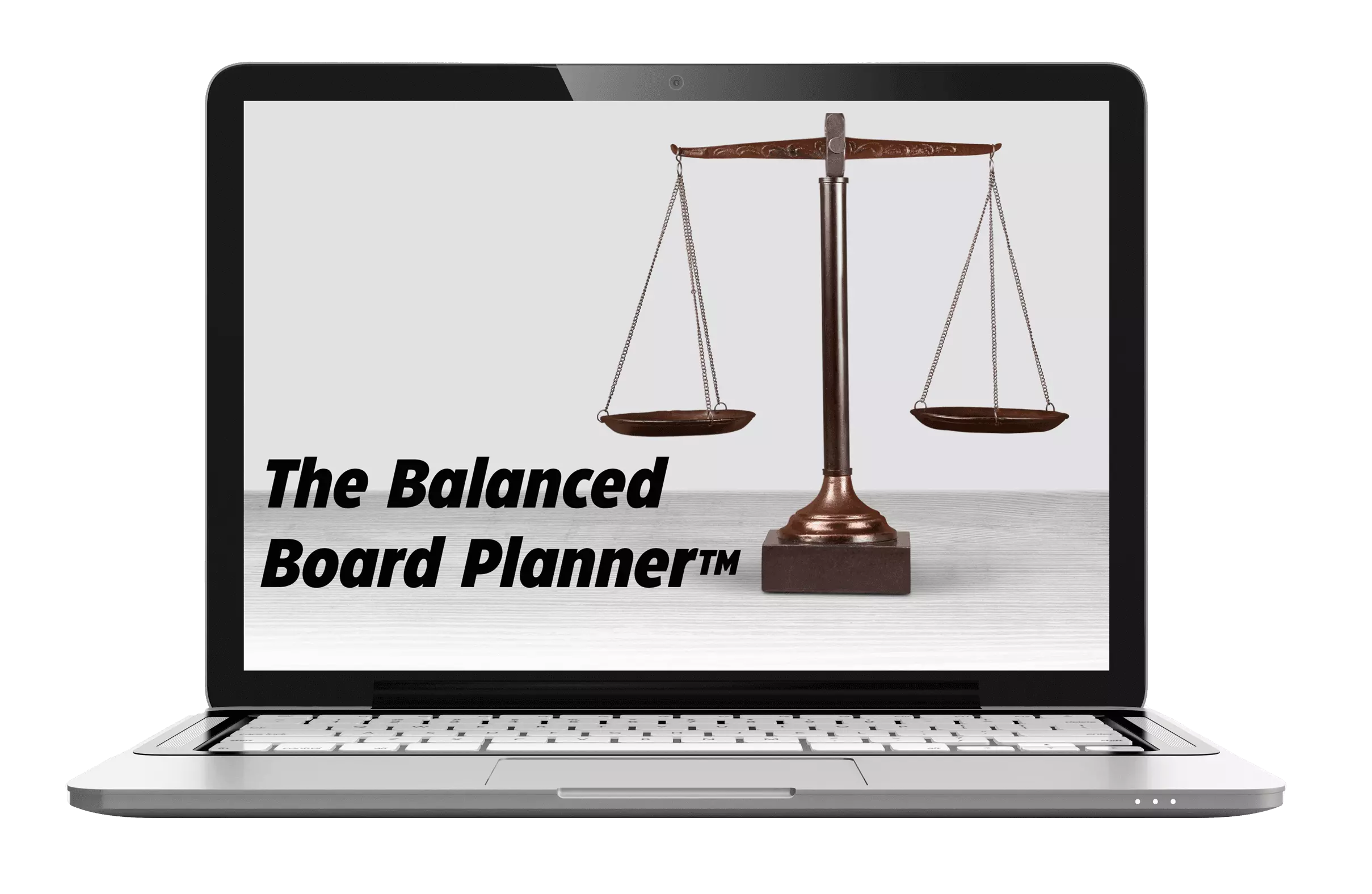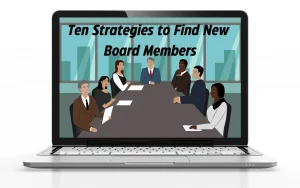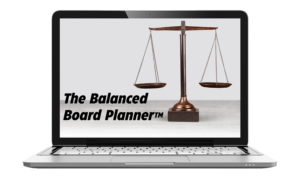“Til Death Do Us Part Inc.” realized that they needed to start doing board succession planning since they would likely be having a ton of turnover in the near future, because their board was getting older. What they didn’t realize was that their board leadership policy would cause another board member to leave earlier than they expected.
Background on “Til Death Do Us Part Inc.”
The board at this organization consisted of seven members. At the time of this story, six of the seven members were over the age of 70, three of whom were actually over the age of 80. The one other board member was in her 60s. Because of their aging board, they decided to hire a consultant to help them through the board succession planning process.
The Board Succession Planning Process
A consultant came in and worked with the entire board to create a succession plan. What they did first was they picked the competencies that they wanted represented on their board. Then, each board member needed to rate their own level of expertise on each of the competencies – either no expertise, a basic level, an advanced level, or an expert level. The next step is to have each board member estimate when they may leave the board.
Here is where the consultant ran into some hesitation from the board members. They didn’t know when they would be ready to leave the board. And, a lot of board members were hesitant to put down a date at all because they didn’t want it to be set in stone and then be forced out before they were ready. After the consultant explained the process and alleviated their anxieties, the board members estimated their departure dates. The consultant then showed them a chart of when people would be leaving the board and which competencies they would be lacking.
The Results
What they saw on the chart was not entirely surprising. It showed that there would be a ton of turnover in the next few years as the older board members left the board. But, there was one big shock! They found out that the youngest board member was planning on leaving next year!
The consultant was extremely confused, and the youngest board member explained that their board has a policy of rotating the board chair position every year and everyone needs to take a turn in the leadership role. Next year was her turn as board chair and she did not want to be in that position, so she was planning to leave the board instead.
Things to Consider From this Story
- Are they going to have a lot of board turnover in the future? This is an obvious answer – yes – but it is important to keep in mind that most people were planning to leave their board soon.
- Are they going to be able to find new board members? A lot of organizations are struggling to find employees and new board members right now.
- Will they be able to find board members with the competencies that they are looking for on the board?
- Are they willing to lose their youngest board member because of their leadership policies?
- How does all of the turnover on the board of directors affect their CEO, executive director, and the employees at the organization?
What You Can Do
- Make sure that you are committing to doing formal board succession planning on a regular basis.
- Make sure that you have some flexibility in terms of board leadership. Not everyone wants to be in a leadership position, and some people are not qualified to be in that role. Make sure you are flexible so no one feels pressured to be in a position they don’t want.
- Create “Board Leadership Guidelines” for your organization. Make sure that these are guidelines and not policies so there can be some flexibility. For example, in the case of “Til Death Do Us Part Inc.” where their board chair position rotates every year, maybe there should have been an option to opt out of being board chair when it is your turn. You can make these up, but they should be flexible guidelines not policies.

Download The Balanced Board Planner™
Make Sure your Board is Ready!
Download our comprehensive guide to board succession planning. This planner outlines examples of board turnover issues, explains the board contribution curve, and provides a checklist to ensure your board is always balanced.



